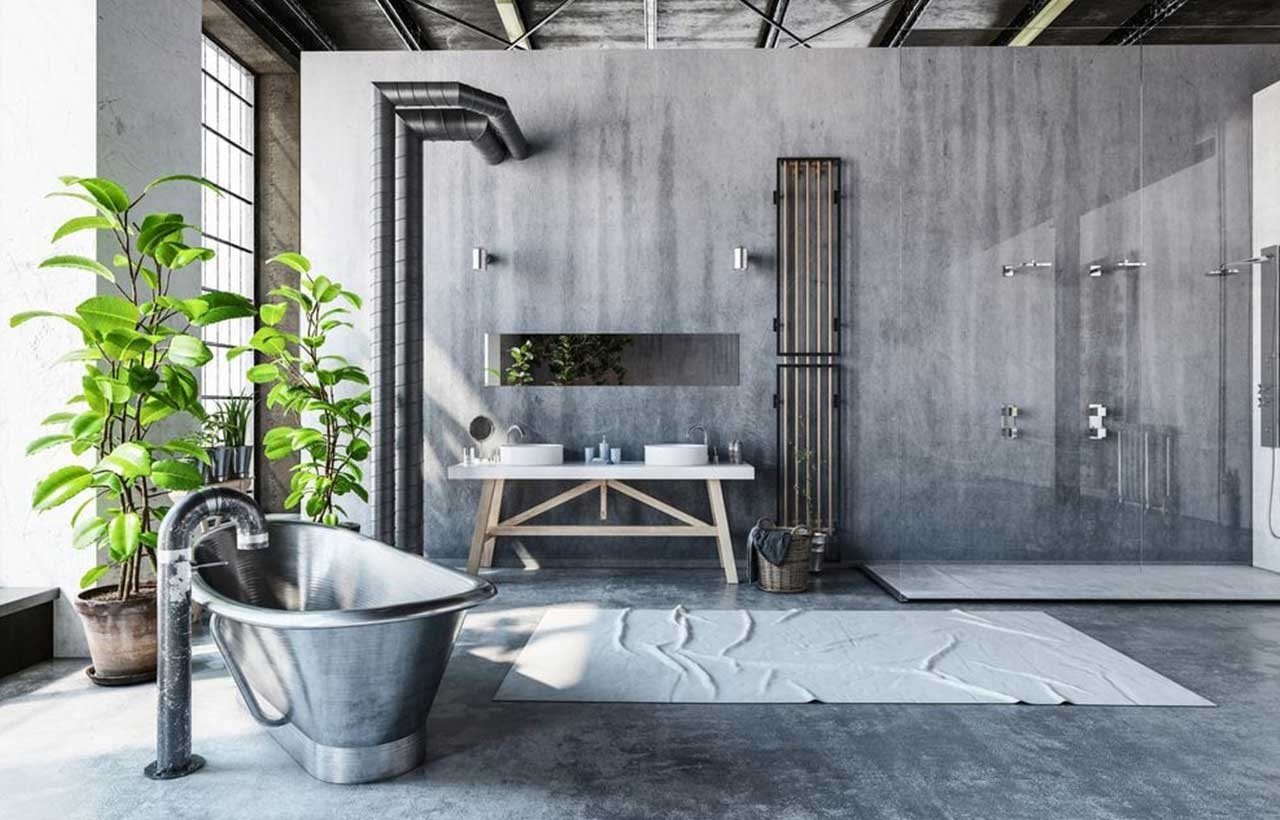How Plumbing Plays a Key Role in Interior Spaces
When we think about stunning interior spaces, our minds often jump to sleek furniture, bold color palettes, or intricate lighting. But have we ever stopped to consider the silent hero behind it all—plumbing? It’s the invisible thread weaving functionality into beauty, shaping how we experience our homes and workplaces every single day.
Imagine a luxurious bathroom without the perfect flow of water or a chic kitchen without a seamless sink setup. Plumbing isn’t just about pipes and drains; it’s the backbone of comfort and convenience. It transforms spaces from mere structures into places we truly live in, blending practicality with design in ways we often take for granted.
According to the team from First Plumber, well-designed plumbing systems enhance both efficiency and aesthetics in modern interiors. High-quality installations not only prevent leaks and water damage but also contribute to a space's overall harmony, ensuring a seamless experience for homeowners.
From creating spa-like retreats to supporting eco-friendly innovations, plumbing does far more than meets the eye. Let’s dive deeper into how this essential system not only sustains our spaces but also elevates their style and purpose.
The Importance Of Plumbing In Interior Design
Plumbing significantly influences the design and usability of interior spaces. It's a core element that supports both the practical and aesthetic goals of modern environments.
Enhancing Functionality Through Smart Plumbing Solutions
Plumbing systems enable efficient water use and improve everyday convenience. Features like touchless faucets, dual-flush toilets, and tankless water heaters enhance water conservation and optimize utility. For example, installing under-sink filtration systems provides clean drinking water directly at the source. Smart plumbing controls, like leak detectors, reinforce safety by preventing water damage.
Integrating Plumbing Into Aesthetic Design
Plumbing fixtures act as design focal points in kitchens and bathrooms. Sleek faucets, minimalist rain showers, and statement bathtubs blend functionality with style. For instance, copper or matte black fixtures add character to industrial or contemporary interiors. Concealed piping systems also enable layouts that maximize visual appeal without compromising functionality.
Plumbing's Role In Sustainable Interior Spaces
Plumbing contributes to sustainability by promoting water efficiency and eco-friendly design practices. It enhances our ability to conserve resources while maintaining functionality in interior spaces.
Water Conservation and Efficiency
Modern plumbing solutions reduce water usage without sacrificing performance. Low-flow fixtures, like showerheads and faucets, lower water consumption in homes and offices. For example, dual-flush toilets use about 20% less water compared to the standard 1.6-gallon models. These innovations support conservation while ensuring practicality.
Greywater recycling and rainwater harvesting systems expand resource efficiency. They repurpose water from sinks, showers, and laundry for irrigation or flushing toilets. By reusing water, these systems minimize waste and reduce dependency on freshwater supplies.
Eco-Friendly Design Innovations
Sustainable plumbing fosters innovative eco-friendly interior designs. Fixtures with sleek, efficient designs, such as water-saving faucets, complement modern aesthetics while reducing environmental impact. Statement pieces, like freestanding tubs, combine style with sustainability when made from recycled materials.
Smart plumbing technology enhances environmental responsibility. Touchless faucets and sensor-based systems optimize water usage, while rainwater collection units integrate seamlessly into home or office designs. These advancements align sustainability with convenience and style.
Modern Plumbing Trends Shaping Interior Spaces
Plumbing innovations have transformed how we design and use interior spaces. By merging technology, design, and functionality, modern plumbing enhances both the style and practicality of our homes.
Technology And Automation In Plumbing
Smart technology is revolutionizing plumbing systems. Touchless faucets, sensor-equipped showers, and app-controlled fixtures deliver convenience and improve hygiene. For example, motion-activated faucets reduce water waste while maintaining hands-free functionality. Tankless water heaters provide instant hot water and conserve energy by heating only when necessary. Automation also plays a key role in leak detection through smart monitors, which alert us to water leaks or unusual usage patterns, preventing damage and saving resources.
Space-Saving Plumbing Designs
Innovative plumbing designs maximize space in compact interiors. Wall-mounted toilets and sinks free up floor area, making smaller bathrooms feel open. Slim-profile piping systems eliminate bulky fixtures and ensure that plumbing doesn't dominate limited spaces. Corner bathtubs and under-sink storage solutions provide efficient layouts without compromising style. For example, concealed cisterns integrate into walls seamlessly, achieving a minimalist look ideal for modern, space-conscious homes.
Challenges And Considerations In Plumbing For Interiors
Designing interior spaces with efficient plumbing systems involves careful planning to meet both functional and aesthetic needs. Addressing constraints and maintaining balance between cost, design, and functionality are key factors.
Addressing Structural Constraints
Plumbing design must adapt to a building's structural layout, especially in existing structures. Thick walls, tight spaces, or load-bearing elements can restrict pipe routing and fixture placement. For example, retrofitting older buildings often necessitates creative solutions like exposed piping or compact systems. Efficient layouts should consider these barriers while ensuring accessibility for maintenance.
Balancing Cost With Design And Functionality
Costs should be aligned with overall design and performance goals. Selecting affordable yet durable materials (e.g., PEX piping or ceramic fixtures) minimizes upfront costs without sacrificing quality. Placing fixtures near existing plumbing lines prevents excessive construction expenses. For instance, aligning a kitchen sink with a bathroom located directly above saves both time and money while ensuring seamless operation.
Conclusion
Plumbing is so much more than a hidden network of pipes; it’s a cornerstone of modern interior design. It shapes the way we experience comfort, convenience, and sustainability in our spaces. From luxurious fixtures to eco-friendly innovations, plumbing seamlessly blends functionality with style, proving its value in every corner of our homes and workplaces.
By embracing thoughtful plumbing solutions, we can create spaces that are not only practical but also visually stunning and environmentally responsible. It’s clear that when we prioritize smart, efficient plumbing, we’re investing in the future of our interiors and the planet.
